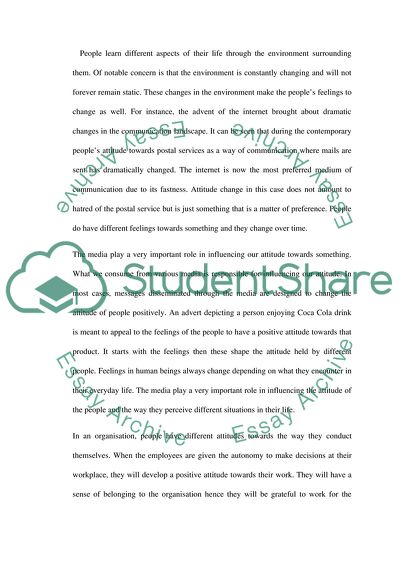Cite this document
(Human Resource Management Questions Assignment Example | Topics and Well Written Essays - 3000 words - 1, n.d.)
Human Resource Management Questions Assignment Example | Topics and Well Written Essays - 3000 words - 1. Retrieved from https://studentshare.org/human-resources/1740306-hrm
Human Resource Management Questions Assignment Example | Topics and Well Written Essays - 3000 words - 1. Retrieved from https://studentshare.org/human-resources/1740306-hrm
(Human Resource Management Questions Assignment Example | Topics and Well Written Essays - 3000 Words - 1)
Human Resource Management Questions Assignment Example | Topics and Well Written Essays - 3000 Words - 1. https://studentshare.org/human-resources/1740306-hrm.
Human Resource Management Questions Assignment Example | Topics and Well Written Essays - 3000 Words - 1. https://studentshare.org/human-resources/1740306-hrm.
“Human Resource Management Questions Assignment Example | Topics and Well Written Essays - 3000 Words - 1”, n.d. https://studentshare.org/human-resources/1740306-hrm.


